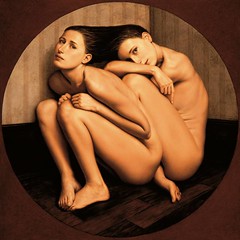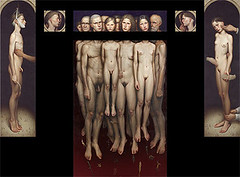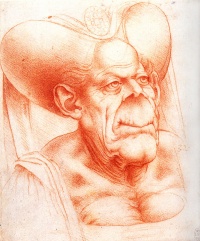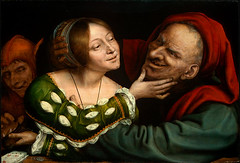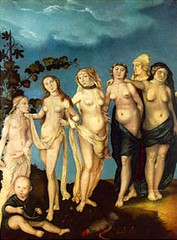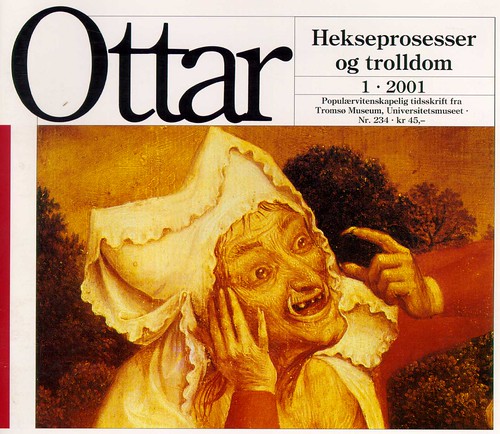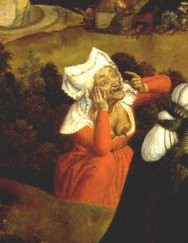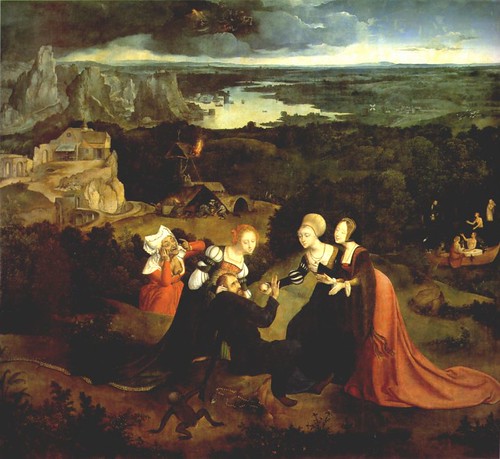Following my previous post[1], Paul Rumsey identifies the mystery print[2] as one from the hand of Georg Lemberger, an Austrian artist so obscure he does not even have an English language Wikipedia page.
One of Lemberger’s paintings, Saint George Freeing the Princess (Lemberger)[3], has an Italian-language Wikipedia page, which I’ve partly translated and partly augmented:
The scene takes place in a fantastic forest. St George is preparing to face the monstrous dragon, hitting him with a spear, while the horse rears its head and front legs, according to the traditional iconography.
On the left the princess kneels in prayer.
Despite the small size of the work, it is emblematic of the role of landscape in the German art, full of fantastic effects and symbolic meanings, which characterizes the Danube School.
The trees are particularly elongated, and seem to germinate the one above the other, waving their spectral fronds, like in a dream vision.
The forest has a feeling of great mossy humidity and the branches of the trees seem to be covered with hanging, dripping mosses, like Spanish moss.
The feeling of being lost in the dark forest prevails and the work conveys a sense of the unknown, dominated by mysterious forces of nature.





